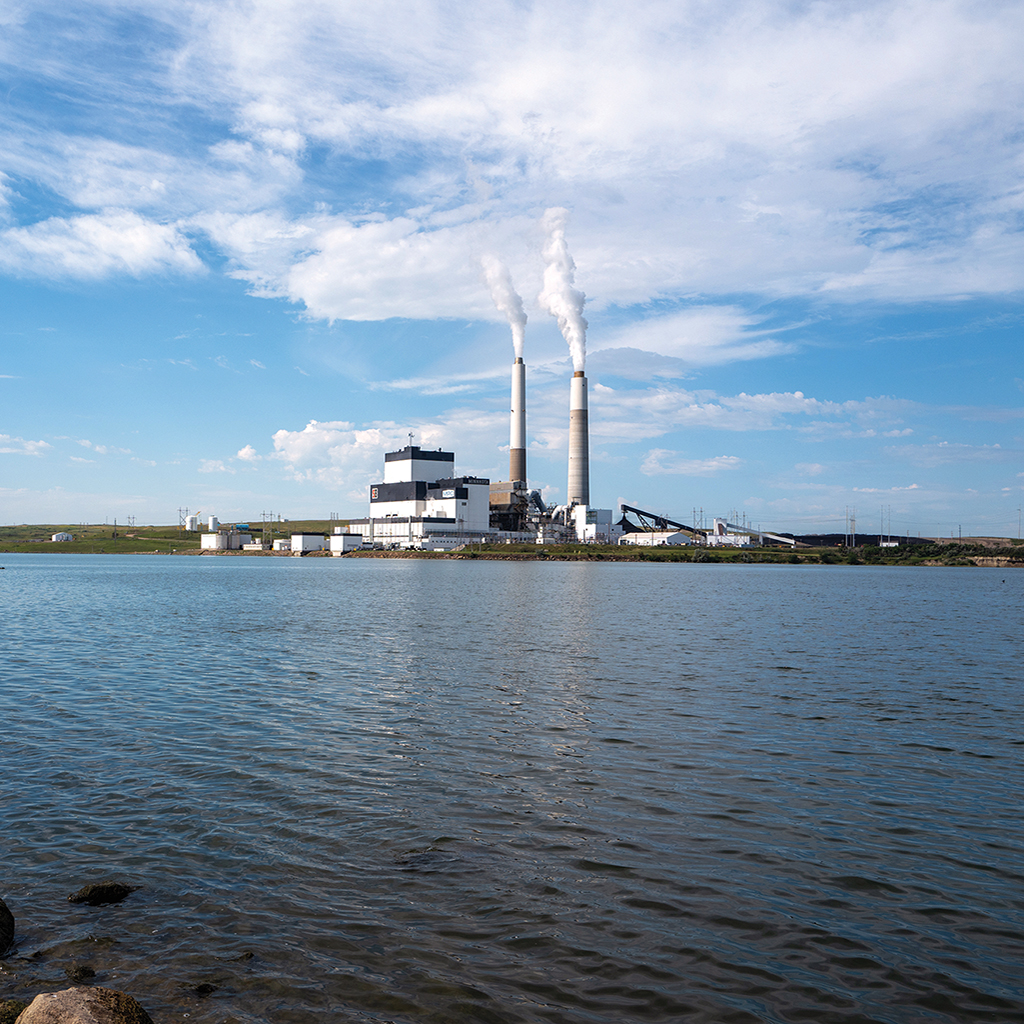- Membership – Project Tundra ensures Minnkota can retain a reliable and resilient resource in its power supply mix, while also making progress toward decarbonization goals. Operation of the Young Station over the next 20 years helps Minnkota fully utilize its investment in the facility and provides time for the Minnkota membership to financially position for its next power supply decision.
- Locally – Project Tundra helps secure the future operation of the Milton R. Young Station, which is the economic driver for Oliver County. About 375 direct, good-paying jobs are tied to the power plant and mine operations. Hundreds of construction jobs and about 40 full-time positions would be created if the project moves forward.
- State – Project Tundra has a significant level of support from the state of North Dakota, the legislature and the congressional delegation – all of whom have helped advance the project. North Dakota is committed to carbon capture, utilization and storage (CCUS) to help ensure its coal, oil and agricultural sectors can continue to thrive in a carbon-managed future.
- Nation and world – The nation needs to prioritize the reliability and resiliency of the electric grid while it strives to reduce carbon emissions. Carbon capture technology can ensure the continued operation of coal and natural gas resources, which are essential to the strength of the grid. From a global perspective, it is virtually impossible to meet decarbonization goals without carbon capture. Leadership in technology development must come from the United States, and Project Tundra can help serve as a blueprint for how to drive down emissions without sacrificing reliability.
A final decision on whether Project Tundra moves forward with construction is anticipated in mid-2024. The project collaborators are currently in the final stage of project development. Work will continue through spring of 2024 to help find efficiencies, complete due diligence and develop a final construction-ready design.
The vast majority of capital and operating costs will be funded through the federal 45Q tax credit, which works similarly to the kinds of tax credits that wind and solar projects have utilized for decades. The tax credit provides $85 per ton of CO₂ that is permanently stored underground over a 12-year period. The project has secured $250 million in low-interest financing through the state of North Dakota’s Clean Sustainable Energy Authority (CSEA) and is in pursuit of other funding opportunities.
Project Tundra is anticipated to have minimal to no impact on electricity rates for Minnkota’s member cooperatives, which serve eastern North Dakota and northwestern Minnesota.
Project Tundra’s team has been and will be active in communicating with area landowners and other key stakeholders to ensure all development continues to be transparent and collaborative. Meetings, educational sessions and other opportunities to inform the public on Project Tundra and carbon capture technology have been pursued.




